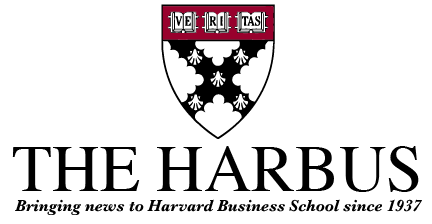Back in India, my peers and I would religiously wake up at 6:00 am during each US election cycle to watch the presidential and vice-presidential debates live on CNN. For long, the US has been a shining beacon of what a successful democracy could do for its populace and the model which people around the world hoped their leaders would emulate. In this sense, it is no surprise that what the next leader of the free world plans to do in office is seen with bated breath across the world.
The economic policies of the two candidates highlight the perennial disagreements between supply side and demand side economists. While I may have my views, I don’t profess to know the solution to America’s rising healthcare costs, what level of debt the economy can support or the implications of legalizing gay marriage. These are frankly domestic issues that are very culture-specific and best left to the local experts. What concerns most foreigners is US foreign policy and to what extent the US leadership considers a country its friend or foe.
It was very satisfying to see the US come around to India’s point of view on major geopolitical issues during this election, especially the dangers of fundamentalist Islam in Pakistan — an issue to which India had been trying to draw global attention for a long time before 9/11.
It was also music to our ears to see both the incumbent and the challenger trying to outdo each other in bashing our other northern neighbor, China. There seems to be growing recognition that the unfettered unipolar dominance that the US enjoyed over the last two decades is certain to be challenged over the next two by China, and the US needs to bolster its alliances in the region to counter that threat.
The changed paradigm will be challenging for the US since India is not likely to be a supplicant like its other allies, though it did hold off military action towards Pakistan in the aftermath of the Mumbai terror attacks given strategic US interests there.
In this election, serious differences remain between India and the US on critical issues like climate change and the responsibilities of developed versus developing countries, India’s support of Palestine and Iran, and India’s demand for use of nuclear fuels for peaceful purposes. Not insignificantly India has voted against the US on more resolutions than any other nation at the UN.
However, there is something about the two countries that engenders a healthy respect; they are both democracies and, flawed as they may be, their politicians are accountable to the population and once every 4 to 5 years the populations get a chance to approve or reject their leaders.
Indians have traditionally been supportive of Democratic candidates, despite the fact that diplomatic relations have flourished under Republican administrations. This may be driven both by the moderate socialist mindset which still prevails in India and the keenness of the Republicans to compromise and reach deals in the past.
Funnily enough though, the Indian American community leans Republican, led by the likes of Louisiana governor Bobby Jindal and South Carolina governor Nikki Haley. I wonder if that has something to do with the Indian-American community being one of the wealthiest.
The countries could learn a lot from each other’s political systems. India would be fortunate to have more educated politicians who engage in civil debates and clean elections which yield a clear winner, while the US could do with more compassionate ‘deal-making’ rather than the current logjam in Congress and having more politicians drive national interests rather than the current situation where special interests drive national politics.
Politics apart, I am personally quite pleased that notwithstanding India’s flirtations with the USSR during the Cold War, the two largest democracies in the world have come closer together more recently. They have a lot to offer the world and each other.

